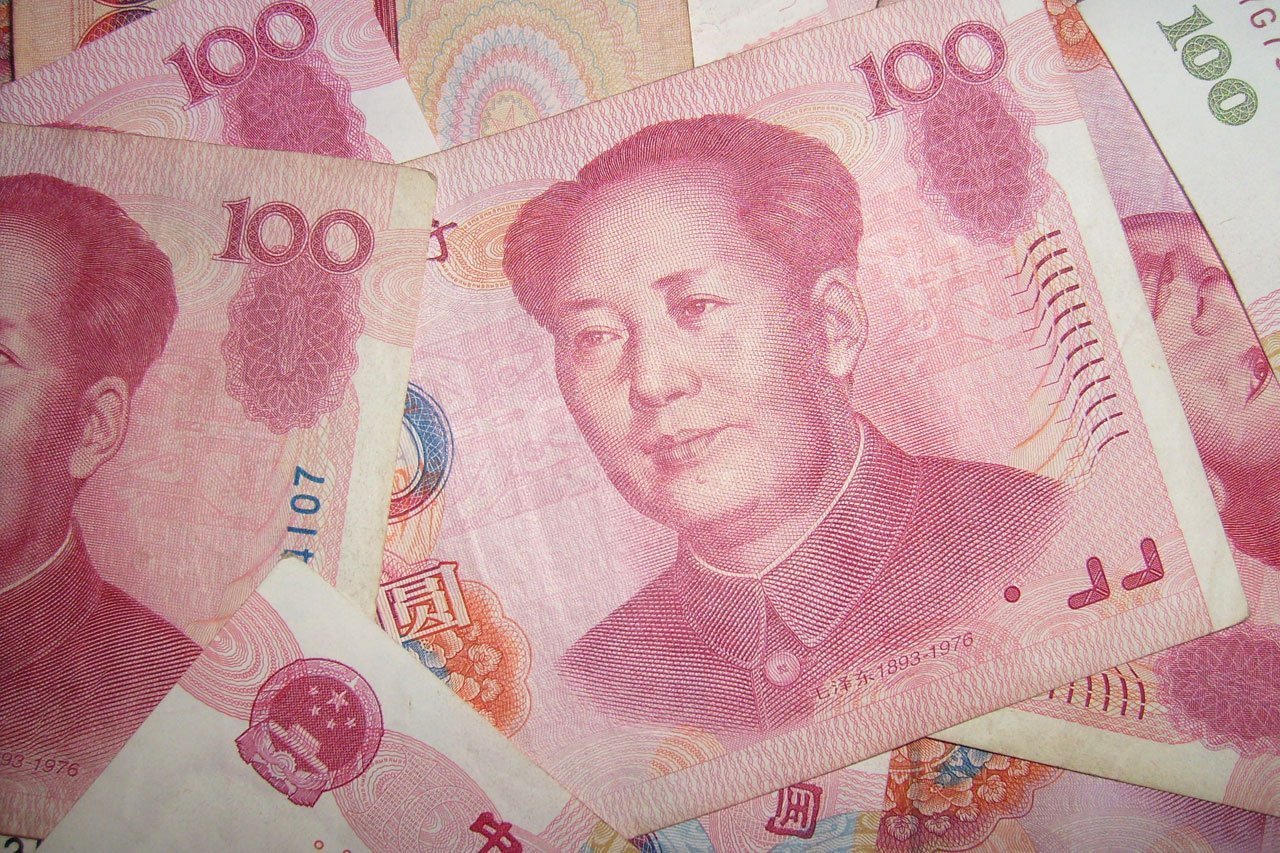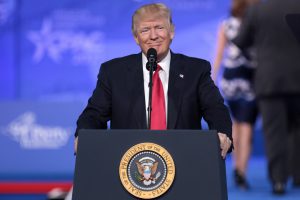Neither mushrooming debt at home nor political upheavals and economic crises in partner countries stemmed the steady flow of finance from China to Latin America last year – the third highest on record for state-owned bank loans, according to new data from the Inter-American Dialogue and Boston University.
Updated figures for the China-Latin America Finance Database for 2016 show that despite economic slowdowns in both regions, China’s policy banks provided some US$22 billion in loans. Last year’s lending is surpassed only by the US$25 billion and US$35 billion disbursed in 2015 and 2010, respectively.
Chinese finance to the region now totals over US$141 billion since 2005, making it by far the biggest lender.
“The bulk of Chinese finance was directed to some of Latin America’s most fragile economies,” says the report announcing the figures. Some 92% went to Ecuador, Venezuela and Brazil.
Brazil received US$15 billion, or 72%, in a year that was beset by an economic contraction of around 3.5% and a wide-ranging corruption scandal that tainted multiple high-level politicians in both government and opposition.
Meanwhile, in China, national debt rose to 279% of GDP in 2016, in part because of large-scale investment overseas.
Boston University’s Kevin Gallagher, who co-authored the research, said China’s massive currency reserves mean this is not yet a major concern, although he pointed out that the country has “burned through” a lot in the past 20 months.
“They have to be more concerned about the exposure of their global portfolio,” Gallagher told Diálogo Chino.
More of the same
Brazil, Argentina, Ecuador and embattled Venezuela have few alternative finance sources outside China and they remain its largest recipients of loans. Much of these are concentrated on servicing existing debt obligations or developing the energy and infrastructure sectors, as has been the trend in previous years.
In November last year, China Development Bank provided US$2.2 billion for a joint venture between China National Petroleum Corporation and Venezuela’s state-owned PDVSA to boost oil output.
The OPEC nation has been mired in deep recession since the crash in global oil prices, which has impacted its ability to repay debt to China. This is compounded by an arrangement through which Venezuela pays back the loans with oil.
Ecuador, which is also reeling from the slump, held presidential elections on Sunday but expects no renegotiation of its oil-backed loan deals with China under either Lenin Moreno, the incumbent government’s candidate, or Guillermo Lasso, a right-wing former banker. The two will contest a presidential run-off on April 3.
Conditions
The report also says that unlike loans from Washington-based financial institutions, Chinese policy bank loans remain unconditional on adopting certain economic policies.
The IMF and World Bank’s ‘conditionality’ polices sparked a popular backlash in Latin America in the 90s and 2000s as they were seen as imposing unmanageable debt repayments on national governments and infringing on their policy-making autonomy.
All the same, experts in China are monitoring the uncertain political and economic outlook in Latin America closely, and sense that a “turning point” in the relationship may be on the horizon.
“Latin American countries and regions are expected to improve their investment environments to attract more Chinese investors,” Jiang Shixue, director of the Center for Latin American Studies at Shanghai University, recently told China News Service.
Gallagher said: “China is giving more diplomatic advice to ensure they get their money back. If one of the [recipient] countries defaults it will be interesting to see if they get more explicit.”
Bolivia: New partner
Bolivia received “considerable attention from China’s policy banks in 2015 and 2016”, the report notes.
Chinese companies have significantly increased their presence in Bolivia in recent years and are highly active in the energy and transport infrastructure and mining sectors. The Export-Import Bank of China (China EXIM Bank) released funds for the El Mutún iron ore mine and Rositas hydropower plant in 2016, as well as for a US$50 million security project consisting of a command center in La Paz and video surveillance systems in six cities.
However, as with Ecuador and other regional neighbours, much of China’s investment in Bolivia remains focused on the extraction and transportation of raw materials, which carries the threat of locking-in the “resource curse”.
Chinese demand caused a near decade-long boom in commodity prices, giving exporting countries little immediate incentive to diversify their economies. But this can turn into dependence. Now prices have crashed, big exporters are left with few other ways of bringing in money.
“The challenge for Latin American governments will be to propose deals that are both attractive to Chinese partners and economically and environmentally sustainable,” the report says.







